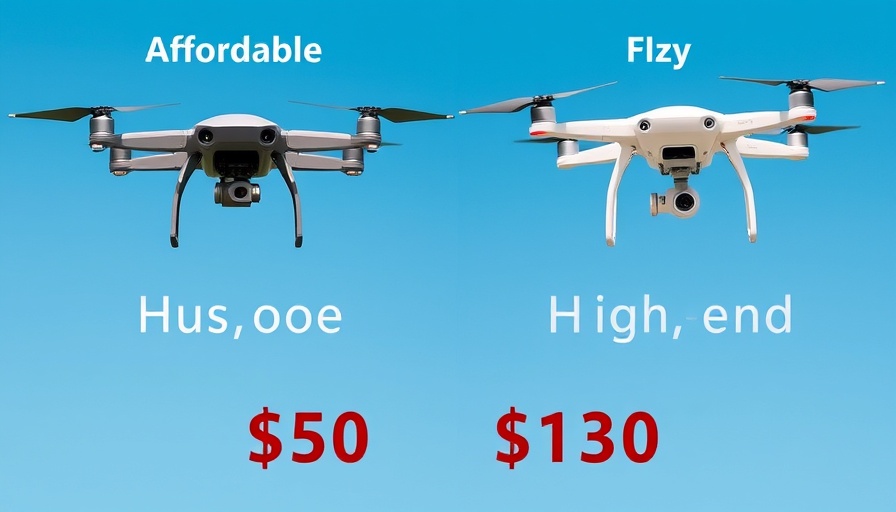
Choosing the Right Drone for Your Needs
Buying your first drone can feel akin to picking your first car. With numerous models, features, and price points on the market, knowing where to start can be overwhelming. However, before even looking at price tags, it’s essential to assess what you hope to achieve with your drone. Are you flying for fun, planning to capture travel videos, or aspiring to launch a side hustle or career in drone photography?
In 'How to Pick Your First Drone (And Practice Without Crashing),' key insights are provided about selecting the right drone for beginners and the importance of practice before flying.
Popular Price Ranges for Beginners
For beginner flyers on a budget, drones under $100 offer a great entry point. These are often referred to as "crash-proof trainers." Models like the Holy Stone 210, priced at around $35, are ideal for learning throttle control and basic navigation skills, making them excellent for indoor flying.
Move up to the $100 to $300 range, and you’ll find more capable entry-level drones, complete with GPS, altitude hold, and improved camera quality. A strong contender in this category is the Holy Stone 440, which, for around $150 to $180, provides a decent camera and exciting features like a spin maneuver, making it a fun gadget for beginners.
Advanced Features without Overspending
If you have a little more to spend, consider options like the Holy Stone 175D, typically available for under $200. This drone introduces intelligent flight modes, including active tracking and waypoint navigation, all while being compact enough for travel. Meanwhile, the DJI Neo, priced at $199, packs a punch with its lightweight design and capability to shoot 4K video, positioning it as a fantastic choice for those who desire quality without the bulk.
Mastering the Art of Flying
Now that you have chosen the perfect drone, how do you ensure that your first flying experience is a success? If the idea of flying feels daunting, simulators can dramatically enhance your confidence without risking damage to your gear. The Zephyr Drone Simulator, popular in training circles, provides a realistic environment to hone your skills. Additionally, the DRL Simulator allows users to build precision and reflexes necessary for successful flying.
Practical Tips for New Drone Pilots
Once you’re ready to take your drone outdoors, start by practicing in an open space like a park. Basic maneuvers, such as hovering and flying in squares or circles, will help you get a feel for the controls and improve your reactions. Such practice not only builds your skills but also minimizes the chances of accidents once you're ready for more adventurous flying.
In summary, while the market offers a myriad of options for drone beginners, remember that you don’t need to shell out for the most expensive model to capture high-quality footage. Many mid-range options, if leveraged effectively, can produce stunning results, particularly for specific project needs.
For more insights on selecting and flying your first drone, consider tuning into drone-focused communities or platforms like UAV Coach, which provide resources tailored to all levels of drone enthusiasts.
 Add Row
Add Row  Add
Add 




Write A Comment